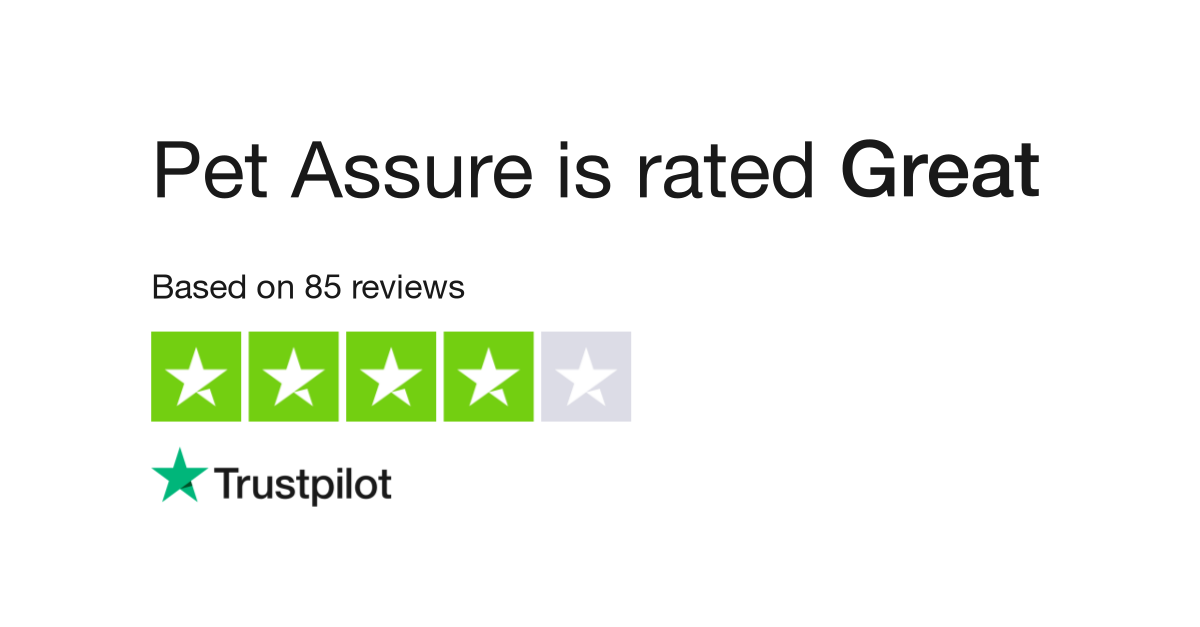
Many employers view health insurance as a critical component of their compensation. However, the cost of these benefits is on the rise for over a decade. Prescription drug costs, increasing deductibles and rising health system pricing are just a few of the reasons. These trends are leading to rising premiums and lowering wages. Employers are becoming frustrated with the rising costs and administrative burdens. Some are looking for alternatives to the wage.
Employers are increasingly using wearable devices for wellness programs. One survey revealed that 55% of employers have access to data from employees' wearable devices. While health insurance continues to be driven largely by rising prices, employers are increasingly looking at alternative payment methods to help their employees.
According to the Congressional Budget Office the number of Americans who will continue to receive health care through their employer-sponsored plans will be the same 159 millions in ten years. Health insurance will still be tax-favored. However, single coverage will cost more than 9.86% of household income in 2019.

Premiums are not just the cost of the health insurance, but also the cost of deductibles. About 25% of Americans have a deductible less than $2,000. In the US, around 25% of workers have a minimum $2,000. Self-insured plans can be a cost-saving option if there are few claims. However, if the claim is higher than expected, the employer has to pay extra.
Small group rates are determined based on the employees' age. Massachusetts is an example of this. Workers under 25 are paid $1186 per year and those over 25 get $6,896.
Larger employers have more control over plan coverage. Most large employers offer a biometric screen to their employees. They offer a wellness program, which encourages employees visit lower-cost providers. Similarly, employers in the public sector can customize health care plans to meet their needs.
Employers with 51-100 employees will be able to join a merged market for health insurance in 2016 under the Affordable Care Act. These employers will pay premiums that can go up to 9 %. States are required to establish a rate each year. Every year, those who don’t offer affordable plans will be subject to a $3480 penalty.

Small employers are required to contribute additional funds to subsidize workers' health insurance in order to comply the ACA. Massachusetts is an example of a state where employers are required to contribute $50 per employee annually.
Despite these requirements being met, the number employers offering health insurance continues its decline. Many small employers are dissatisfied with the uncontrollable costs of benefits, after a decade filled with rapid increases. These rates of health insurance aren't increasing for most employers but some are still struggling with employees to keep them.
As the unemployment rate remains low, the difficulty of retaining employees is only increasing. This is a major problem for employers. Employers who don't provide health insurance for their employees will be subject to a $2,320 penalty per employee. Failure to comply with COBRA (a law that requires employers provide ongoing health care for their employees) can result in thousands of dollars in penalties.